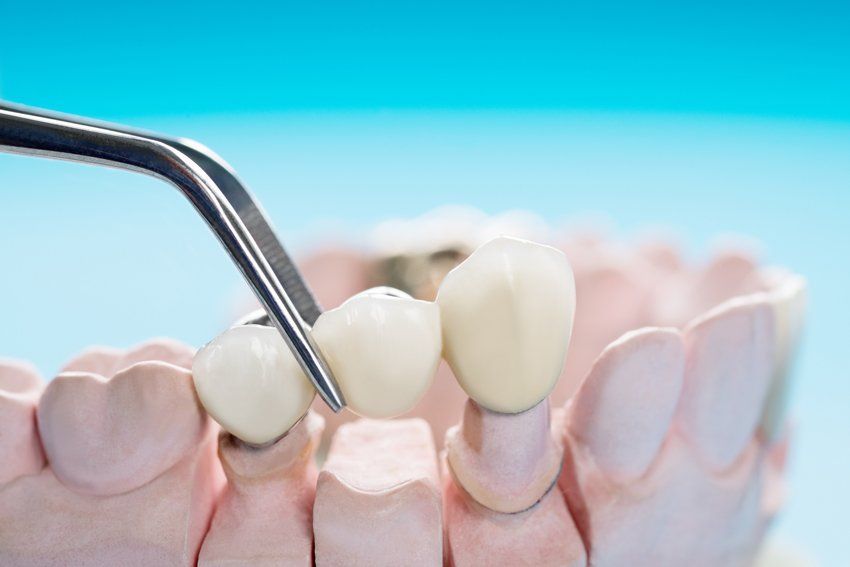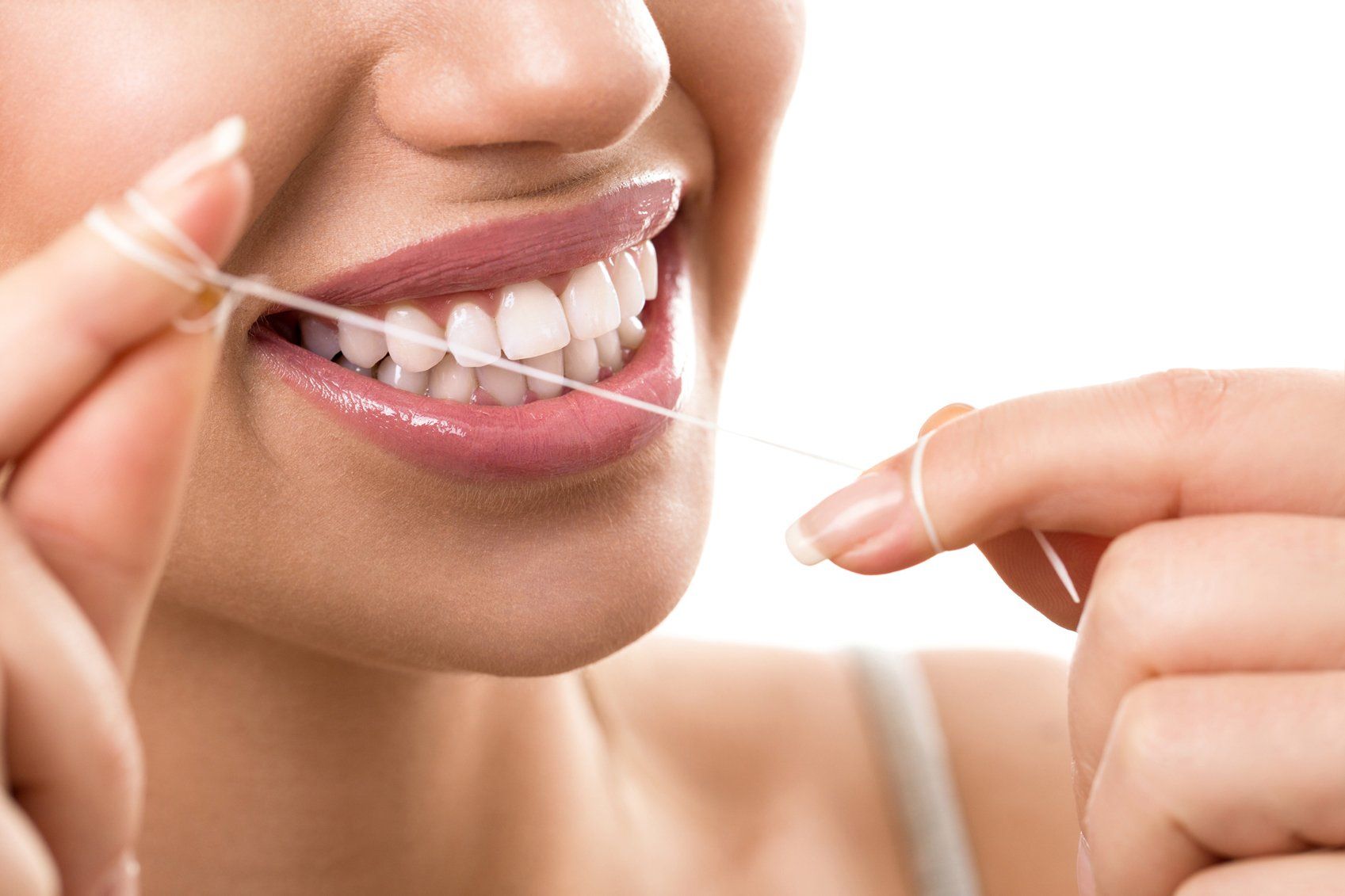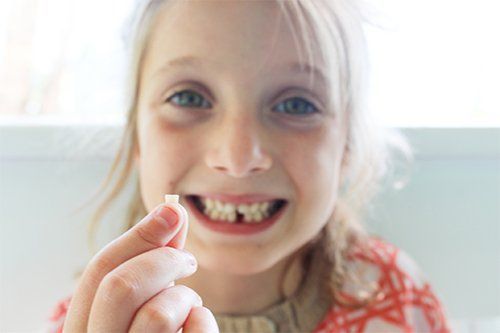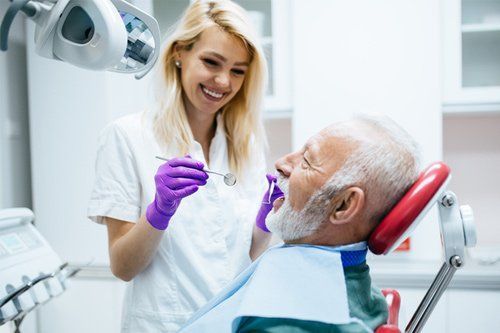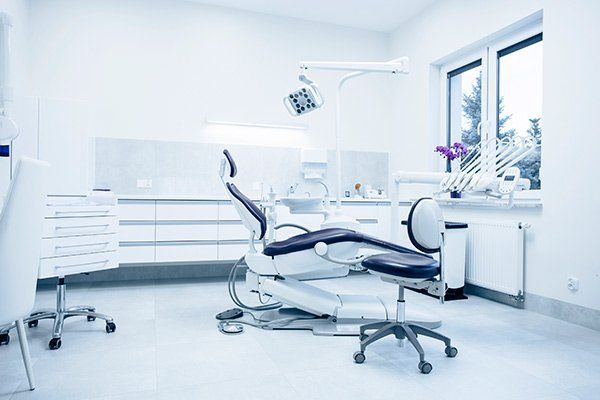Emily Daniel D.D.S.
Emily Daniel, D.D.S.
How Can You Prevent and Control Tartar Buildup?
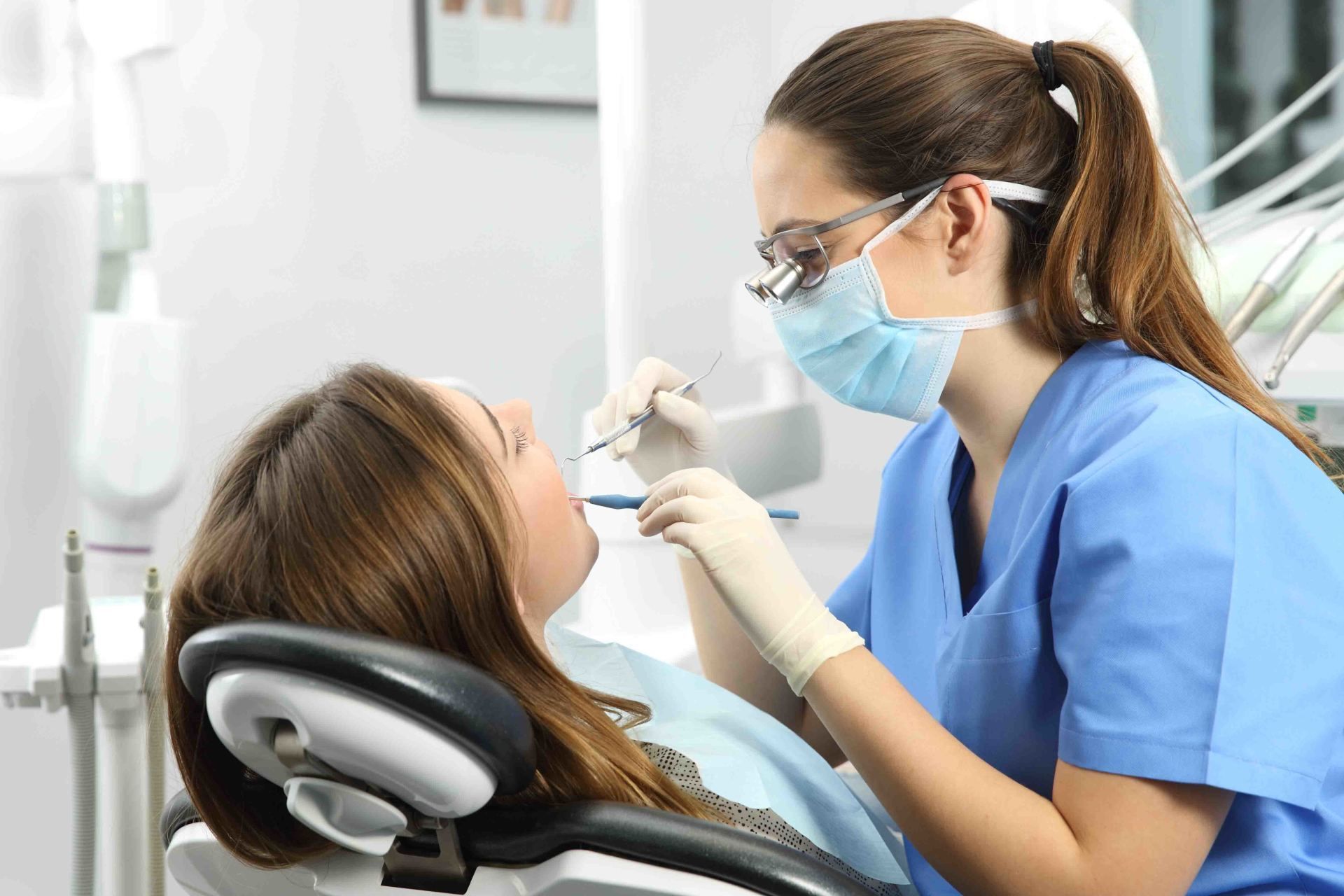
What can you do to remove tartar
buildup? Also known as calculus, plaque and minerals that harden on
your teeth and under the gumline form tartar. Before this sticky
buildup causes too many dental problems, take a look at what you can
do to reduce the risks and minimize an existing issue. Understand the Issue
Do you have tartar buildup? If you're
not sure, the first step is to understand and identify this common
oral issue and learn how it's formed. Tartar starts with plaque-and
plaque starts with bacteria. Improper oral care, dry mouth, some
medications, and some chronic health conditions can result in
bacterial overgrowth in the mouth.
Plaque is a sticky, colorless biofilm
that coats the teeth and can lead to enamel breakdown, dental decay,
infection (abscesses), and gum disease. Along with these issues,
failure to remove plaque can result in tartar buildup. As the
minerals in your saliva mix with the sticky plaque, it hardens to
form yellow or brownish deposits on or between teeth.
Like plaque, tartar can also lead to
dental decay and gum disease. This makes prevention absolutely
essential. Read on for more information on how to prevent tartar
buildup on your teeth. Prevent Tartar from the Start
Prevention is the easiest way to reduce
the risks of tartar buildup. Again, hardened plaque turns into
tartar. If you prevent plaque formation, you can stop tartar in its
tracks.
To decrease plaque problems:
- Brush regularly . Brush your teeth at least twice a day (morning and night) for two minutes. To further reduce the risks of buildup, brush after meals-especially after eating sugar-filled foods. The bacteria that contribute to plaque and tartar buildup thrive on sugar.
- Choose the right toothpaste . A tartar-preventing paste or gel can make it more difficult for plaque and tartar to form on your teeth.
- Reduce sugar intake . Choose lower-sugar foods to decrease bacterial buildup. While this won't eliminate plaque or tartar, it can help to keep the microbes in your mouth under control.
- Floss regularly . Don't ignore the spaces in between your teeth. Tartar can build up in these places too. Floss twice a day or after meals to remove food debris.
- Swish with water . Did you forget your toothbrush or are you short on time? If you can't brush after meals, swish tap water in your mouth. This can help to remove leftover debris and decrease buildup.
- Visit the dentist . Regular dental visits reduce plaque formation and can stop tarter problems before they start.
- A visit to the dentist . A professional cleaning is your best defense against an existing problem. The dentist (or hygienist) has the experience, expertise, and equipment needed to remove calculus from each surface of your teeth.
- A deep - cleaning . Severe tartar buildup under the gumline can lead to gingivitis. If you also have red, swollen, or bleeding gums, the dentist may recommend scaling and root planing to remove tartar from below the gumline.
- Repeat visits . The dentist may ask you to schedule a follow-up appointment or visit the office for cleanings multiple times each year. This allows the professional to remove additional buildup.
CONTACT INFORMATION
Phone: (919) 734-4716
Address: 2300 Wayne Memorial Dr., Suite D, Goldsboro, NC 27534
BUSINESS HOURS
Monday - Thursday: 8:30 AM - 5:30 PM
Friday: By Appointment
Saturday - Sunday: Closed



OUR LOCATION
